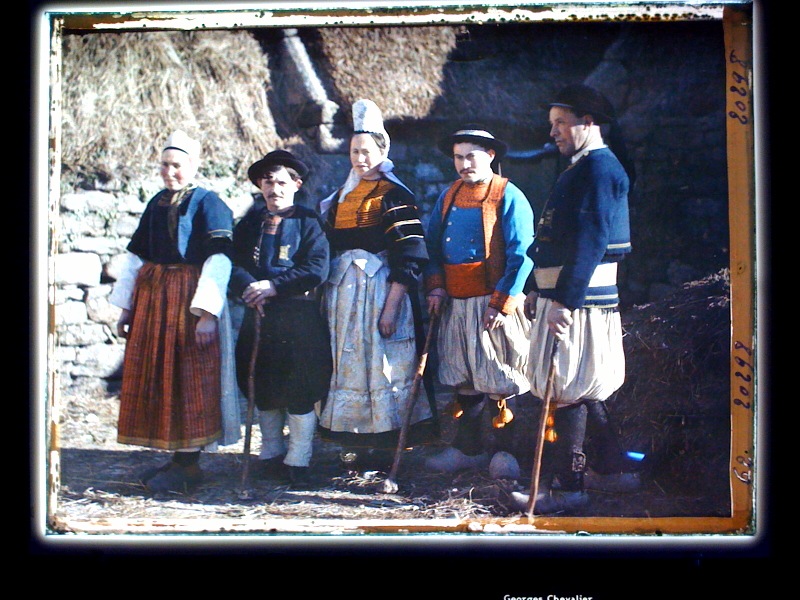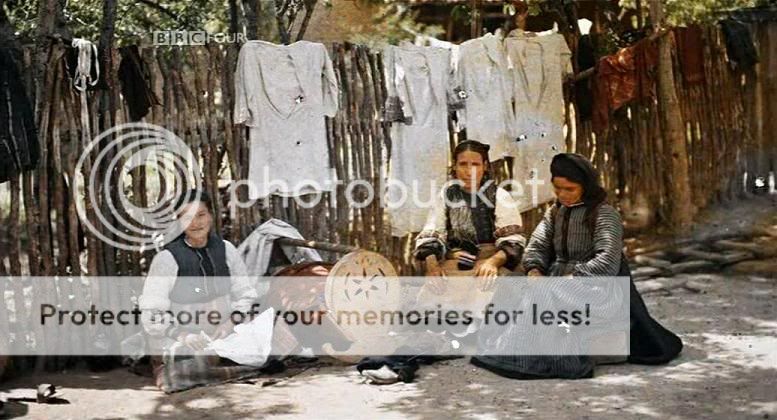gius
Active Member
- Joined
- Jan 8, 2006
- Messages
- 10,859
- Reaction score
- 9
There's so much info on this at wiki
Etymology
Taqiyah is the Arabic word for a Muslim cap used in Saudi Arabia.
In Pakistan and India, the prayer cap is called a topi. Topi means cap in the Urdu language. In Pakistan, men usually wear the topi with salwar kameez. It must be noted, that the Pakistani American community is the second largest Muslim ethnic group in the United States.
In the United States and Britain, many Muslim merchants sell the prayer cap under the name kufi. The West African name kufi is used because Muslims of African descent are the largest community of Muslims in the United States at 34.6% of total adherents, see Islam in the United States. In West Africa, men wear the kufi with the dashiki shirt or dashiki suit. The kufi is also worn by some American Jews, African Jews, African-American Christians, Buddhists, and Muslims (see Islam in the African diaspora).
The taqiyah, also spelled tagiyah, is a short, rounded cap worn by Muslim men. This cap is worn by Arab Muslims with the thawb or kurta. When worn by itself, the taqiyah can be any color. When worn under the keffiyah scarf, it is always white. Some Muslims wrap the turban around the cap. The turban is called an Imama in Arabic. A hadith in the books of Abu Dawood and Tirmidhi quotes Muhammad as saying, "The distinction between us and the polytheists is the turbans over our caps."
In the United States and Britain, many Muslim merchants sell the prayer cap under the name kufi.
Muslims always wear a cap under the turban, unlike Sikhs, Jews[citation needed], and Arab Christians. (For more information about Arab Christians, see Maronite Church, Orthodox Church of Jerusalem, Melkite Greek Catholic Church, Melkite, and Arab Americans)
Muslims wear the taqiyah to emulate Muhammad. The companions of Muhammad were never seen without their heads being covered. In order to emulate their actions, Muslims throughout the world wear a variety of taqiyat, fez hats, and other headgear. Another goal of wearing a taqiyah is to be more like Muhammad and therefore obey and follow his tradition. The taqiyah is a tradition from antiquity; Ancient Arabs had the habit of always wearing something on their heads. They considered it inappropriate not to wear headgear like the keffiyeh, see Sartorial hijab for further information.
The taqiyah is also called a prayer cap in English. Many Muslims wear the taqiyah during Jumu'ah, or Friday prayers at the mosque, and during daily salat, or prayers at home (see external links for photos). For men, it is mustahab, which means praise worthy or seeking the love of God, to cover the head during prayer. Some Muslims use a prayer mat during salat. It is common for men to wear a taqiyah during weddings; see Nikah.
Etymology
Taqiyah is the Arabic word for a Muslim cap used in Saudi Arabia.
In Pakistan and India, the prayer cap is called a topi. Topi means cap in the Urdu language. In Pakistan, men usually wear the topi with salwar kameez. It must be noted, that the Pakistani American community is the second largest Muslim ethnic group in the United States.
In the United States and Britain, many Muslim merchants sell the prayer cap under the name kufi. The West African name kufi is used because Muslims of African descent are the largest community of Muslims in the United States at 34.6% of total adherents, see Islam in the United States. In West Africa, men wear the kufi with the dashiki shirt or dashiki suit. The kufi is also worn by some American Jews, African Jews, African-American Christians, Buddhists, and Muslims (see Islam in the African diaspora).




 I'll probably post more later.
I'll probably post more later. 





















